BT Does Deal to Share Rural UK Mobile Masts with O2 and Vodafone

BT (EE) has confirmed to ISPreview that they’re in advanced talks over a new agreement with rivals, including at least O2 (Virgin Media) and Vodafone, that will give them the ability to access some of EE’s mobile masts in remote locations. The deal may help to improve 4G (mobile broadband) coverage in Partial Not-Spot areas and tackle delays.
The deal relates to the £1bn industry-led Shared Rural Network (SRN) project, which is supported by £501m of public funding and £532m from operators. The project involves both the reciprocal sharing of existing masts in certain areas and the demand-led building and sharing of new masts in others between O2 (Virgin Media), Vodafone, EE and Three UK. The goal is to extend geographic 4G coverage (aggregate) to 95% of the UK by the end of 2025 (or 84% when only considering the areas where you’ll be able to take 4G from all providers).
The SRN includes two key targets. The first involves the delivery of industry funded coverage improvements in Partial Not-Spot (PNS) areas (i.e. areas that receive coverage from at least one operator, but not all), which needs to be achieved by June 2024 – at this point 4G (mobile broadband) must cover 88% of the UK’s landmass. EE became the first operator to report having achieved the first target for PNS areas in early 2024.
The second target involves Total Not-Spot (TNS) areas by early 2027. Just to be clear, Ofcom’s licence obligations commit each individual operator to increase its 4G coverage to 88% of the UK’s landmass by June 2024 – rising to 90% by January 2027 – with these individual obligations supporting the overall target of 95% by December 2025.
However, both the National Audit Office (here) and Public Accounts Committee (here) have recently confirmed that Three UK, Vodafone and O2 were “each likely to miss their Ofcom licence obligation to provide 88% 4G coverage by June 2024” and had requested to “discuss an 18-month extension to the PNS element of the programme.” At present, the TNS target has not been impacted by this.
The government have naturally been putting pressure on the three operators to catch-up with EE. However, ultimately it will be Ofcom’s responsibility to take a view on whether the licence obligations have been met and what, if anything, they want to do about that. The regulator is due to run a progress assessment during the summer and will then reach a conclusion a couple of months later, during the early autumn.
Significance of the New Deal
In case anybody has forgotten, BT (EE) has historically put a significant amount of commercial investment into delivering the strongest level of geographic 4G network coverage, which is partly how they were able to achieve the PNS target ahead of schedule – as well as being roughly two years before their rivals now indicate they may be able to achieve the same target.
Back in early 2020, before the SRN deal was signed, Vodafone, Three and O2 did attempt to reach an infrastructure sharing deal with BT over several hundred of these sites (excluding the state aid supported ESN sites that can already be shared), but this did not succeed.
At the time, EE’s rivals suggested that the operator was trying to charge 250% more than the existing commercial rate to access the sites. The suggestion was that this might have made it cheaper for Three UK, Vodafone and O2 to just build their own masts, which is partly what they ended up doing under the final SRN agreement.
However, recent pressure from the government, as well as concerns about PNS delays (Ofcom could impose fines for this, but they probably won’t), may be signalling a change in approach from the aforementioned players, with talk of a mast sharing agreement now being confirmed.
A BT Group Spokesperson told ISPreview:
“We’re proud to have delivered on our Shared Rural Network targets six months early and continue to work hard to expand EE coverage. We’ve been in discussions with a number of other mobile networks in recent months to share sites to support their own coverage efforts and we’ll continue to collaborate with them on the next phase of the project.”
The negotiations over site sharing are said to be part of BT Group’s recently formed Towers Division, which could make it easier for them to facilitate this kind of access. But at this stage the specifics of any agreement and how many masts it may involve are unclear, although it’s reasonable to assume that O2 and Vodafone will only be looking at strategic sites that can get them as close as possible – as quickly as possible – to that 88% (PNS target) figure.
Some news reports (Telegraph) have claimed that BT has already done a deal, which ISPreview understands from its sources is correct, although the operator does yet appear able to formally confirm that or the specifics of any agreements they have been discussing. But it does seem like this could certainly boost the 4G coverage for all those involved, which will naturally be of benefit to people living in such areas.
Mark is a professional technology writer, IT consultant and computer engineer from Dorset (England), he also founded ISPreview in 1999 and enjoys analysing the latest telecoms and broadband developments. Find me on X (Twitter), Mastodon, Facebook and Linkedin.
« Scientists Push Record 402Tbps Speed Down Standard Fibre Optic Cable
Leave a Reply Cancel reply
This site uses Akismet to reduce spam. Learn how your comment data is processed.
Privacy Notice: Please note that news comments are anonymous, which means that we do NOT require you to enter any real personal details to post a message. By clicking to submit a post you agree to storing your comment content, display name, IP, email and / or website details in our database, for as long as the post remains live.
Only the submitted name and comment will be displayed in public, while the rest will be kept private (we will never share this outside of ISPreview, regardless of whether the data is real or fake). This comment system uses submitted IP, email and website address data to spot abuse and spammers. All data is transferred via an encrypted (https secure) session.
NOTE 1: Sometimes your comment might not appear immediately due to site cache (this is cleared every few hours) or it may be caught by automated moderation / anti-spam.
NOTE 2: Comments that break our rules, spam, troll or post via known fake IP/proxy servers may be blocked or removed.
Latest UK ISP News
- FTTP (5669)
- BT (3552)
- Politics (2585)
- Openreach (2334)
- Business (2311)
- Building Digital UK (2265)
- FTTC (2056)
- Mobile Broadband (2022)
- Statistics (1818)
- 4G (1709)
- Virgin Media (1659)
- Ofcom Regulation (1488)
- Fibre Optic (1419)
- Wireless Internet (1412)
- FTTH (1382)







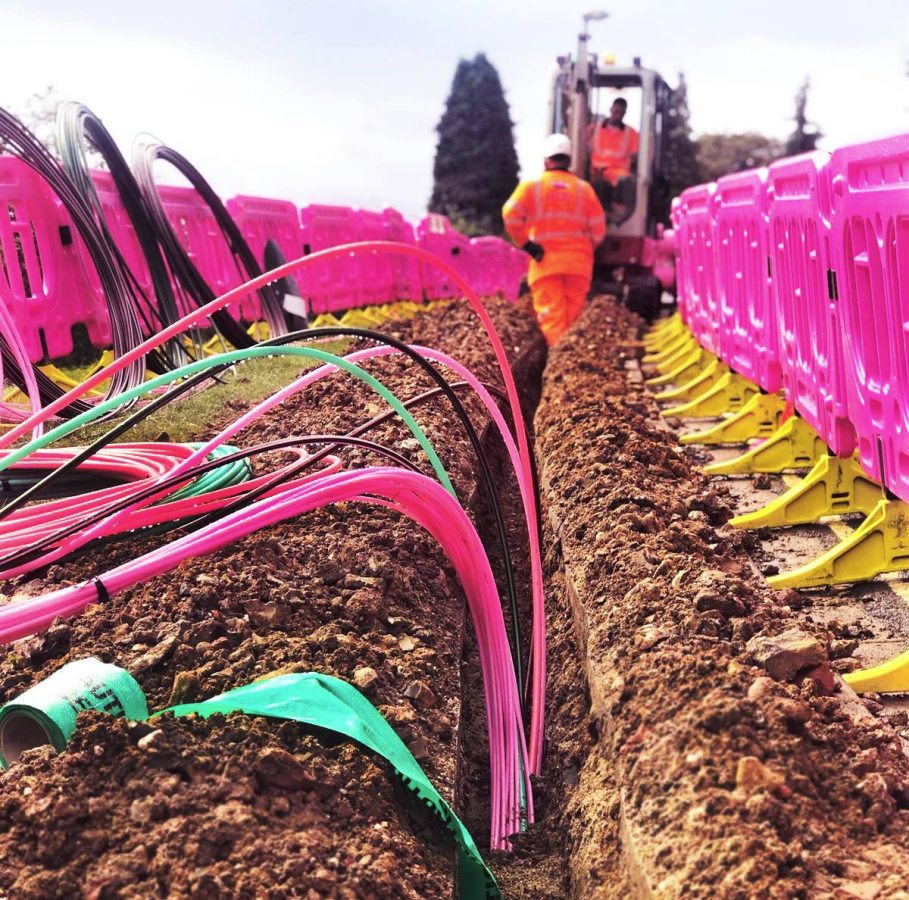

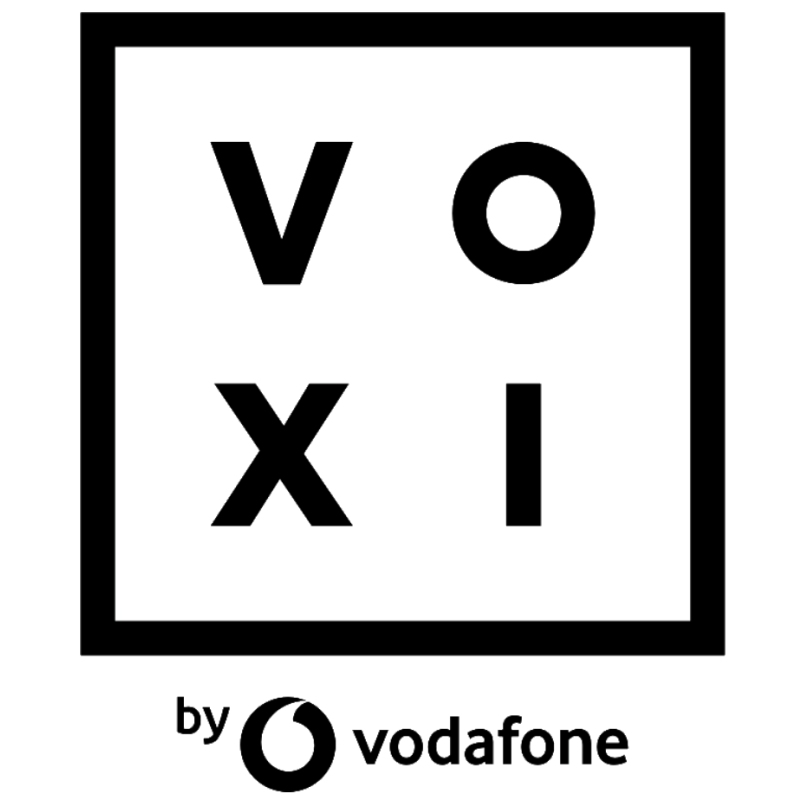

























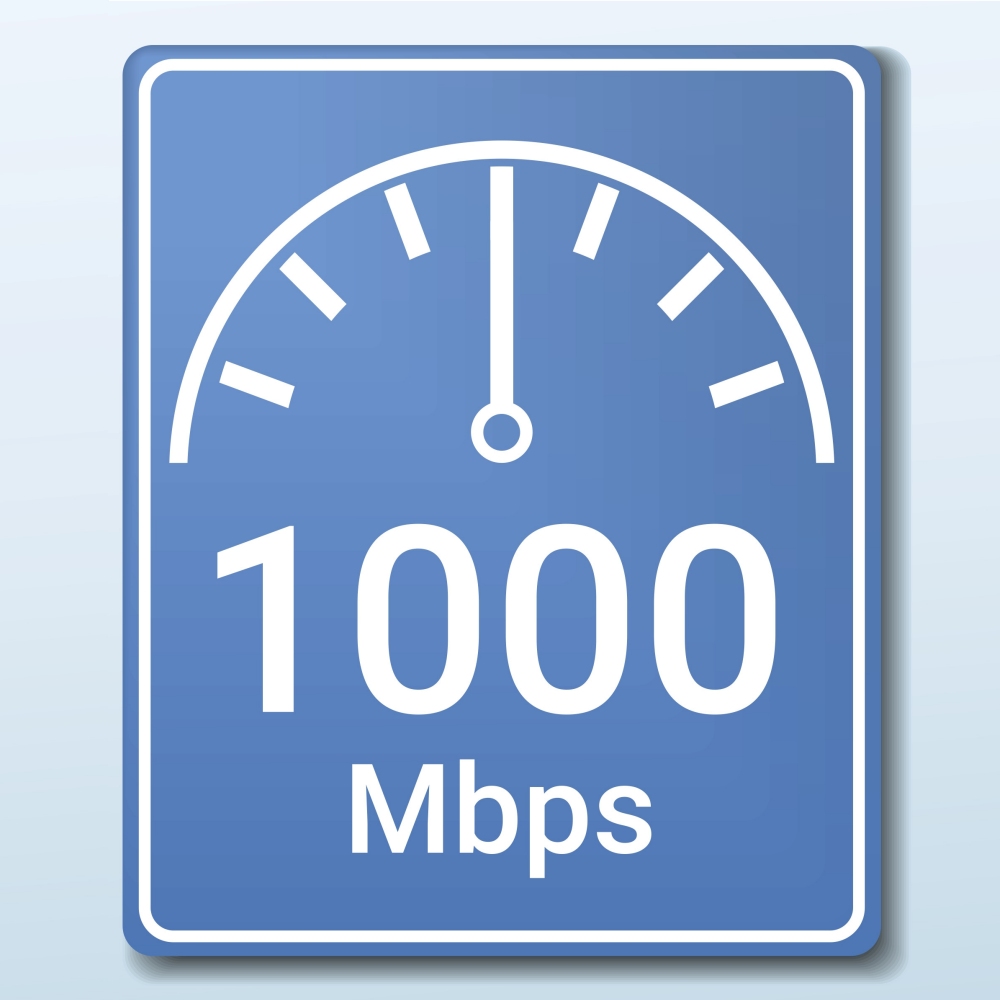
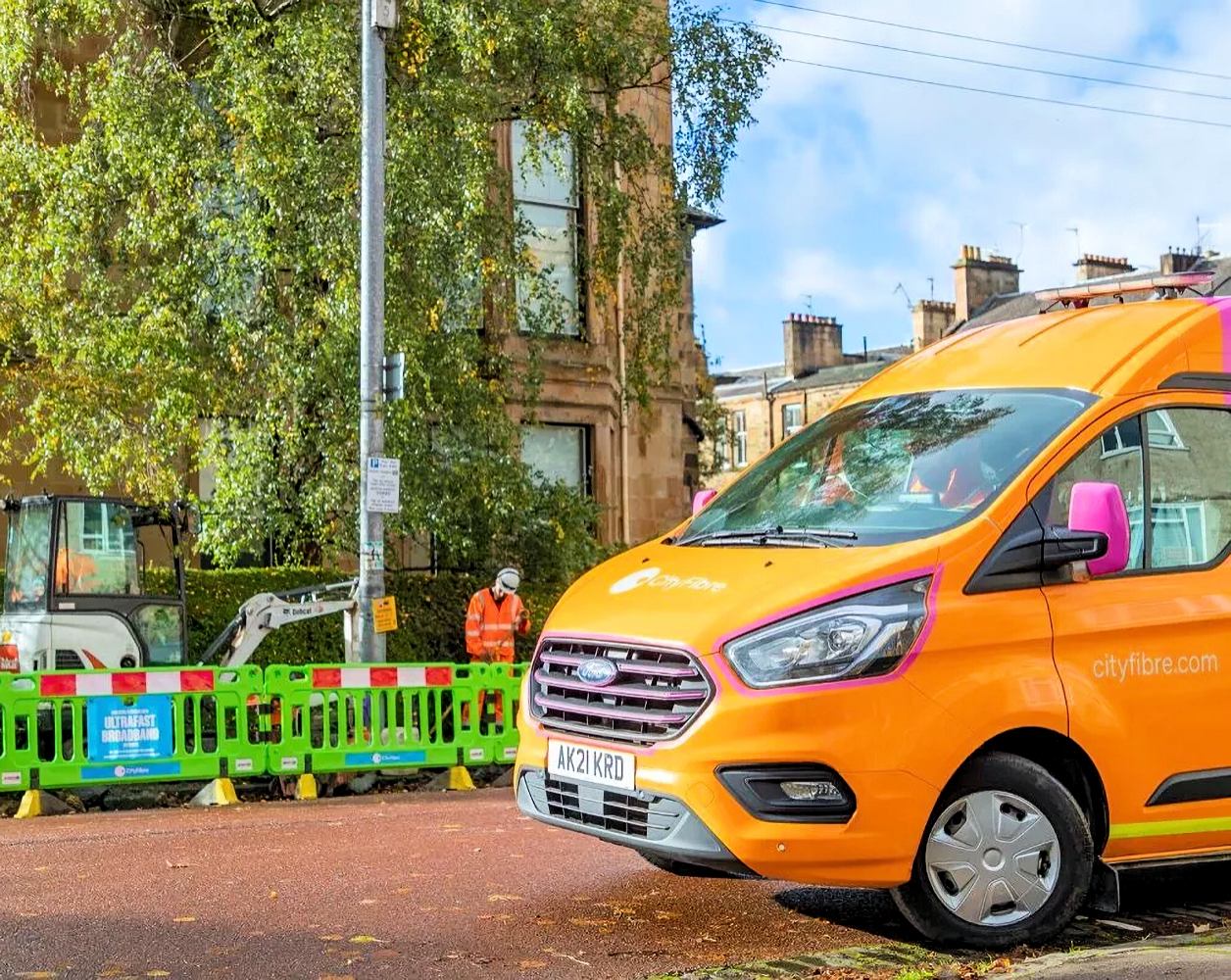


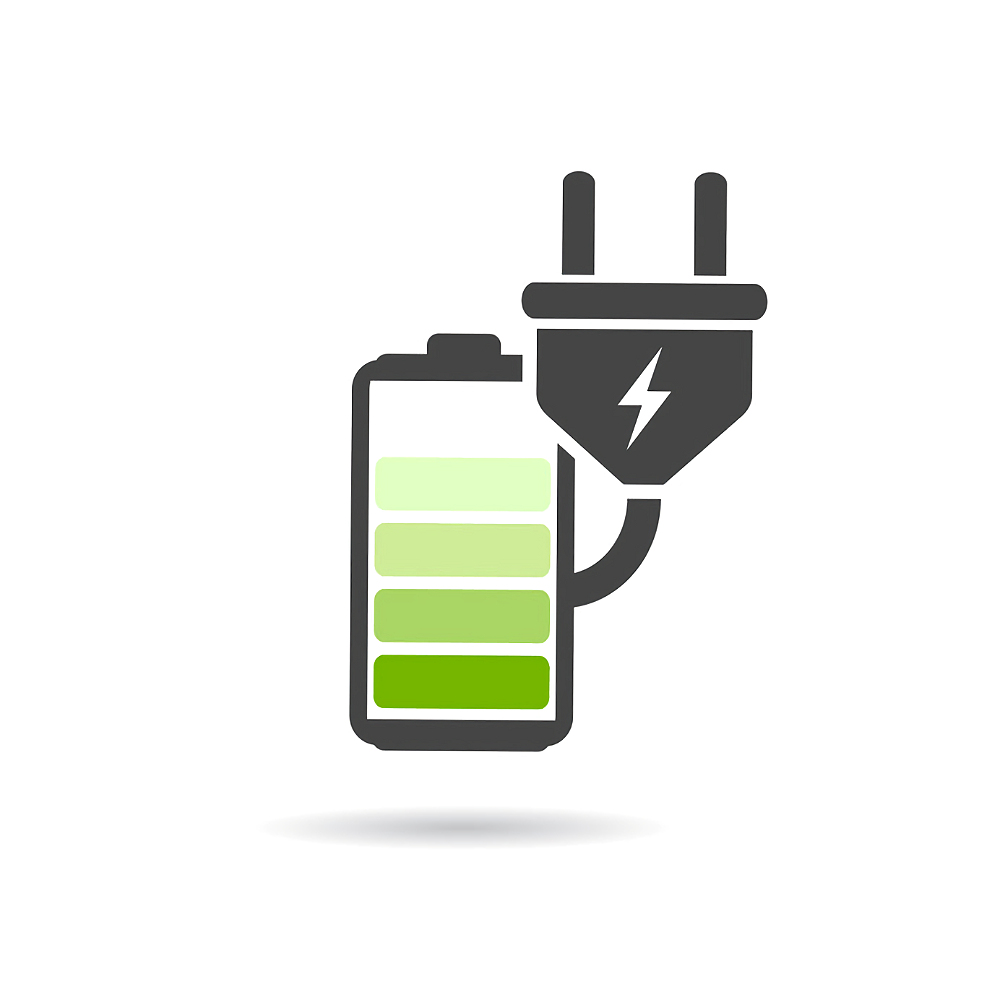


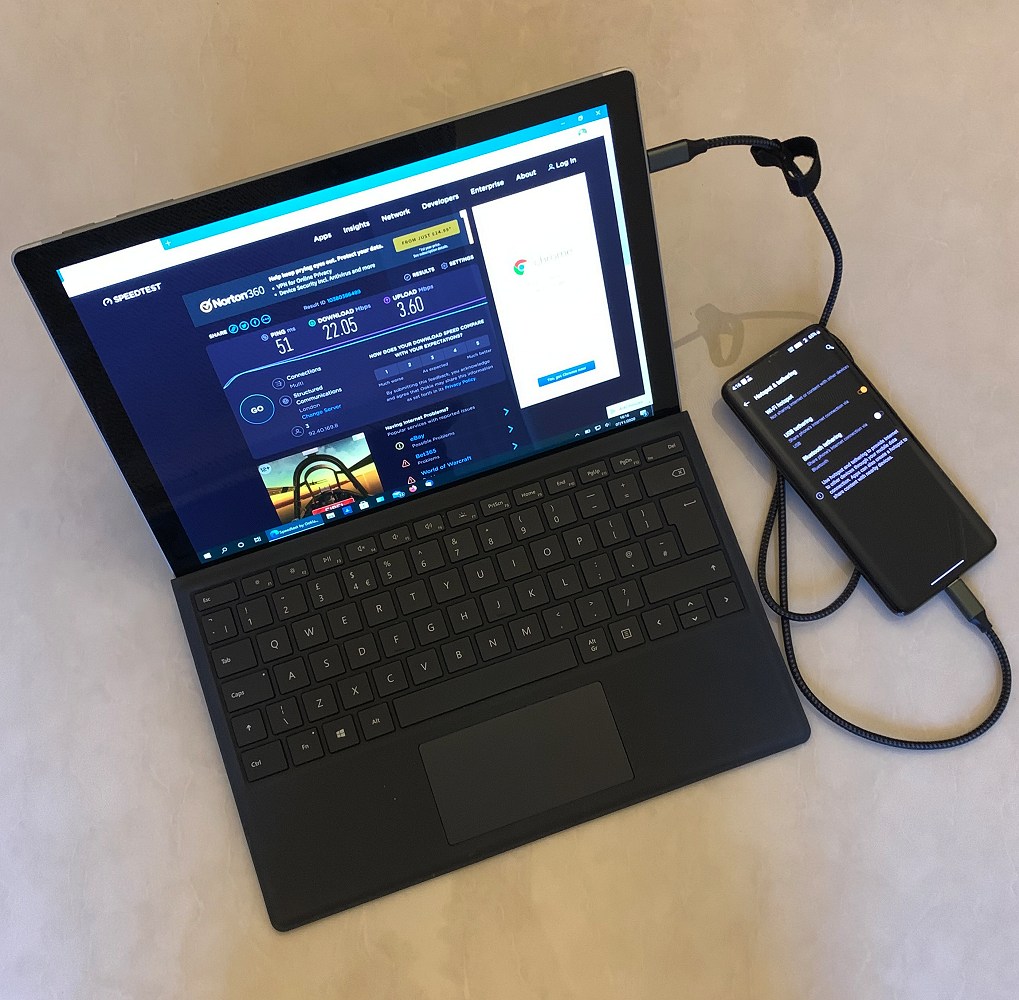


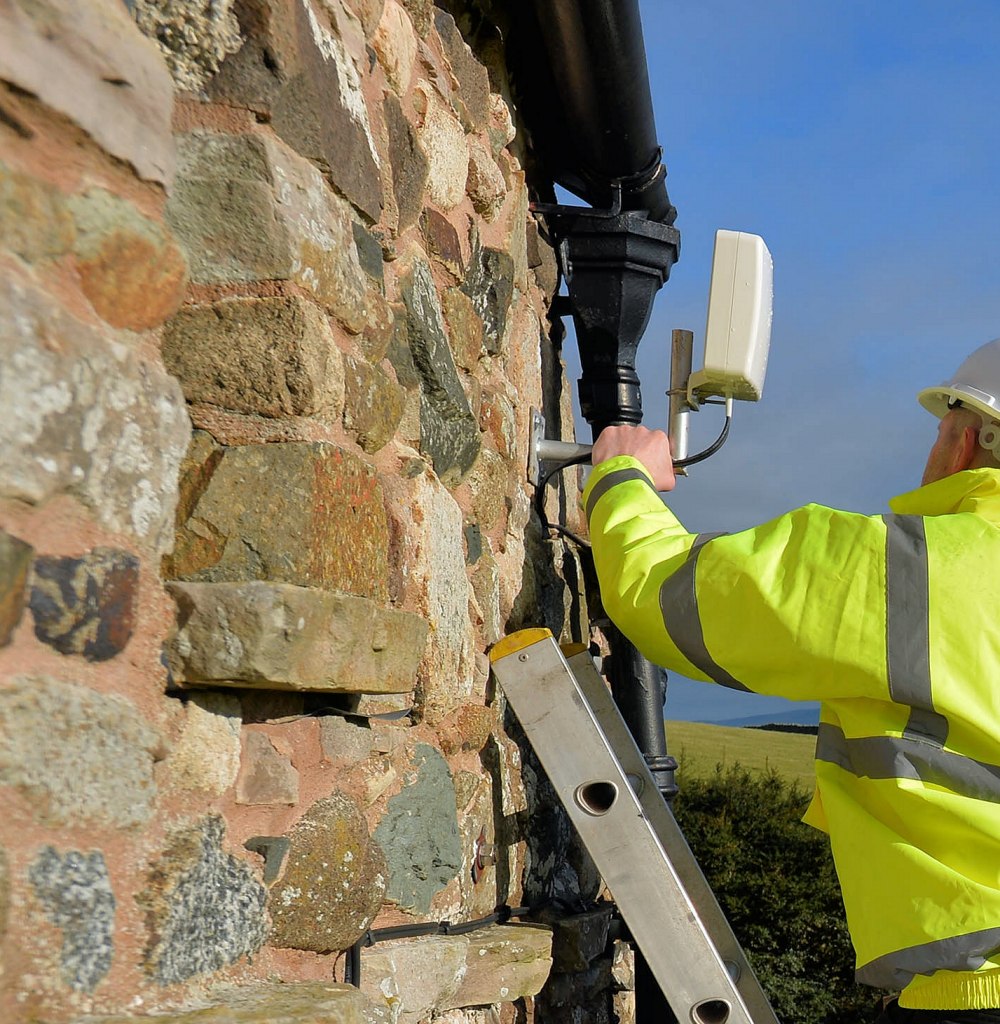
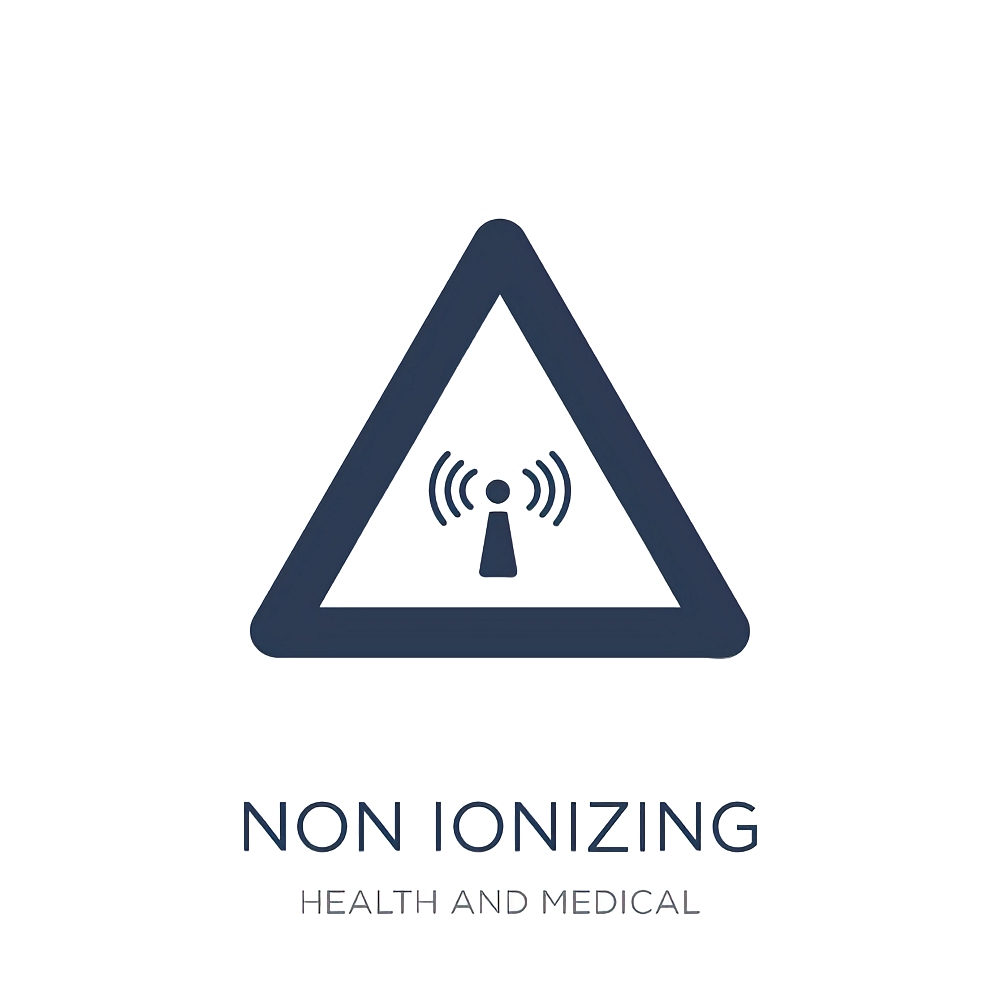





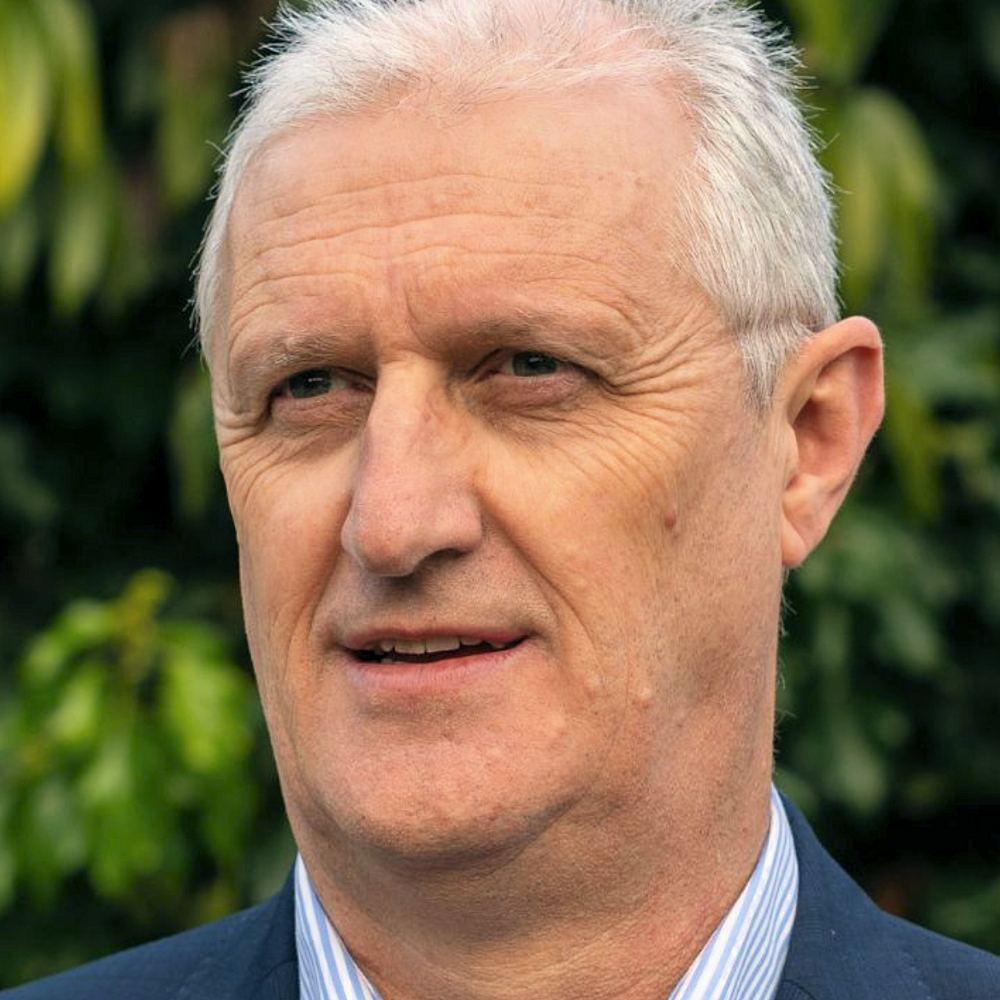

Surely EE should be able to use O2 and Vodafone’s sites in return? It being one sided is weird and unfair.
O2 and Vodafone did have a higher level of geographic coverage on 2G (circa 92-93 geographic) years ago so it is BAFFLING to me that this hasn’t all just been turned into 4G already.
Still, anything that can be done to improve rural coverage can only be a positive. But I am not sure why in general operators don’t just share all of their sites, it would certainly reduce having to use the planning system and clearly the idea operators can still compete on coverage is for the birds.
It’s possible there may be some element of that in the new agreement, we simply don’t know yet, albeit possibly via more recently built masts. But back in 2019-20 the idea of EE harnessing O2/Voda’s masts was irrelevant because BT had already built better coverage, so often they didn’t have any or many masts available that needed to be harnessed by the operator.
The reason why operators don’t just share all of their masts is down to the nature of commercial competition and the risk of disincentivising future investment (i.e. why invest in trying to build something better if your opponents can just piggyback at minimal cost?). Lots of different approaches to these issues, of course, but the market is what the market is.
I think a 2g mast has a greater range/coverage area than 4g. Operators need more masts for 4g+5g than they did for 2g and 3g.
The ‘G’ (generation) of technology is not as relevant to network coverage as the band being used, power levels and antenna design. Operators can re-purpose 2G’s bands to other generations, so that isn’t the reason why you may sometimes need more masts. But you might need more masts to cope with higher frequency bands that can carry more data (faster speeds) via greater quantities of spectrum frequency, since those bands/signals are weaker and don’t travel as far.
@Mark Jackson you say EE has better coverage but they don’t, as per Ofcom figures, Vodafone and O2 have the highest geographic coverage, circa 92%. EE has the most 4G geographic coverage but not the most coverage full stop. Hence my comment about it being baffling that O2 and Vodafone aren’t upgrading that to 4G.
Also, how much of EE’s expansion is made up with 5MHz of band 20? Fine in very rural areas but in Hampshire where I’m from it doesn’t work.
That would be great. EE is quite good around where I live in East Devon, but there is a mast near to a local village that only has O2 & VF on it, so EE is quite poor. Would be good if EE ended up using that mast eventually!
I don’t understand: Surely network roaming agreements would easily allow targets to be met quickly. You’d need to control which sites were allowed to accept incoming roams. Allow a cross charge that was fair, but still a disincentive not to add their own coverage, eventually. If there were a few sites where operators had so few calls/connections that it didn’t warrant an antenna, then the public still get cover in remote locations, and the operator takes a small insignificant cost hit. (Likely to work both ways).
Shared masts still makes a great deal of sense in sparse areas, less disruption and environmental impact. But if you need to cover 100mile if Scottish coast, alternate sites owned by EE, Vodafone, O2 down the route and allow each to place their own antennas on the rival mast. The share cost would even out for all.
You would upend the market and penalise the operators who have built out more network. Their prices tend to be at the higher end because of the capital they have invested.
Coverage is a commercial differentiator. If you remove it you distort the market and reward the weaker players. Why have competition if you’re going to weight the scales?
It would be great if O2/VF shared more of their masts with EE around where I live, would really help!
Three masts will be taken over by Vodafone.
So any sharing agreements 3 currently has will be inherited by Vodafone
Ultimately there should be just one network
National resilience is the key here with the decline of fixed line circumstances.
Potentially the State should inherit and become the owners of all masts and ensure they are serviced by sub-contracting to the network providers.
The mobile network is a vital part of National resilience and the State should accept responsibility for ensuring that resilience.
Whatever it takes mobile coverage should be available to 100% of the population just like fixed-line provision.
It is clear that the capabilities of the mobile networks are so superior that fixed-line services are not needed.
Maintenance of all the mobile networks is vastly cheaper than for the fixed-line services.
The only real problem is that going completely mobile allows Govt to control the UK mobile services.
That is OK when you have a benign Govt but as has occurred in countries that are effective dictatorships the mobile networks have been shut down when Govt desired.
But as a general principle there needs to be universal access to a resilient mobile network.
Are there any other countries with a single government controlled mobile network? How well does that work for them?
mobile networks are more fragile than fixed line – not just at local level but nationwide too. O2 for example had a nationwide data outage a few years ago due to an expired certificate.
Having multiple physical mobile networks at least mitigates that possibility, as long as they aren’t all using the same vendors of course.
“It is clear that the capabilities of the mobile networks are so superior that fixed-line services are not needed.”
This is absolute nonsense. If you don’t need mobility, you can’t beat wires for reliability or throughput. Fibre networks can deliver multiple gigabits into every home without breaking a sweat. On mobile, getting 100Mbps on a speed test is still considered an achievement.
One network is the exact opposite of resilience.
I totally agree.
I work in the NHS and the only way to contact patients is by mobile telephone as their contact details only show a mobile and not a landline as they do not have one.
Forget about writing to them as post takes 3 weeks to arrive at minium.
All the masts in the country need to work with all networks.
Great news!
Network coverage is one big joke.
Eg on o2 (should that be NOo2?) even now I get 3G coverage! EE and VF have 5G and Three has 4G.
The networks should be taken over by the state if they don’t get their things in gear.
How can you state that from one single anecdotal piece of data?
O2 speeds are terrible, really they need to do something. My cousin is on Vodaphone in E London and he gets fantastic speeds. His wife on om 3 – speeds are constantly good.
I’ve had rural 4G with EE for a year (80Mbps down), but recently speeds have dropped off a cliff (<10). EE refuse to recognise that there is an issue however on digging around, I see this is a pretty common problem across EE’s network. Something is afoot but we as customers are being ignored. No surprises there, happy to take our money, but not happy to spend it when things go wrong. Now looking at Starlink as a solution.